In the wild world of politics, factions are like the quirky characters in a sitcom—each vying for attention while trying to outwit the others. These groups, united by shared interests or ideologies, can make or break political landscapes faster than you can say “election season.” Understanding political factions isn’t just for political junkies; it’s essential for anyone who wants to navigate the sometimes murky waters of governance and influence.
From the passionate idealists to the cunning strategists, political factions add a colorful twist to the serious business of politics. They’re the reason debates can feel like a game show, complete with unexpected plot twists and dramatic exits. So get ready to dive into the fascinating realm of political factions, where alliances shift and rivalries simmer, all while the rest of us sit back and enjoy the spectacle.
Understanding Political Faction
Political factions are groups formed around shared interests or ideologies within a larger political context. These factions influence governance and the decision-making processes, shaping the landscape of political debates.
Definition and Characteristics
A political faction refers to a subgroup within a political party or movement. Members unite based on common goals, interests, or ideologies. Characteristics of political factions include organized structures, defined objectives, and strategic alliances. Additionally, factions often mobilize support to impact policy and legislation. Their behavior varies, ranging from cooperation to conflict with other groups. Effective communication within factions enhances their ability to exert influence.
Historical Context
Political factions have shaped political landscapes throughout history. The Federalists and Anti-Federalists emerged in the early United States, illustrating early ideological divides. During the French Revolution, factions like the Jacobins and Girondins vied for power, demonstrating the impact of ideological differences. In more recent times, factions within political parties have played crucial roles in elections and policy development. Historical examples reveal how factions adapt to changing political environments while pursuing specific goals.
Types of Political Factions

Political factions can be categorized based on their underlying motivations and goals. Understanding these categories provides insight into their influence in governance and policy-making.
Ideological Factions
Ideological factions focus on specific beliefs, values, or philosophies. These groups advocate for policies that align with their worldview. Examples include conservatives advocating for free markets and traditional values, while progressives promote social justice and equity. Each of these factions shapes political discourse by bringing unique perspectives into debates. The impact of ideological factions often manifests in legislative priorities that reflect their core beliefs, influencing the direction of political parties.
Factions Based on Interest Groups
Interest group factions organize around common agendas or causes. These factions mobilize resources to promote specific interests such as business, labor, or environmental protections. Labor unions exemplify factions that amplify workers’ rights, while environmental organizations focus on sustainability measures. By leveraging their collective power, these factions can exert significant pressure on policymakers. They often contribute to the crafting of legislation or influence elections to align with their objectives. Each interest group faction enhances the diversity of voices within the political arena, driving important conversations forward.
Role of Political Factions in Governance
Political factions play a critical role in shaping governance and political narratives. Their influence extends to various aspects of the political process.
Influence on Policy Making
Political factions significantly shape policy making through their organized efforts. Factions articulate specific interests, rallying support for targeted legislation. Ideological factions, such as conservatives or progressives, advocate for distinct legislative priorities, impacting debates and reforms. Interest groups, including labor unions and environmental organizations, push agendas that align with their goals, influencing policymakers. Mobilization of constituents allows factions to apply pressure on elected officials, ensuring diverse perspectives are considered during the legislative process. These dynamics create a more nuanced policy landscape, as factions continuously negotiate and adapt to emerging issues.
Impact on Political Stability
Political stability often hinges on the actions and interactions of factions. Stable governance results from the balance of power among competing factions. When factions engage in constructive dialogue and collaboration, they can foster compromise and consensus. However, excessive polarization among factions can lead to gridlock, hindering governance and reducing public trust. In volatile political environments, factions may either exacerbate conflict or promote stability by advocating for inclusive policies. By understanding the role of factions, stakeholders can better navigate the complexities of political dynamics, promoting resilience and encouraging effective governance.
Case Studies of Political Factions
Political factions have significantly influenced political history and current governance dynamics. They play crucial roles in both historical and contemporary contexts.
Notable Historical Examples
The Federalists and Anti-Federalists exemplify early American political factions. Federalists championed a strong central government, while Anti-Federalists advocated for states’ rights. During the French Revolution, Jacobins aimed for radical change, contrasting with Girondins seeking moderate reform. Each faction’s conflicting goals created shifts in political power. The dynamics among these groups shaped legislative outcomes and policy directions, demonstrating how factions can drive historical change.
Contemporary Political Factions
Recent decades show a rise in political factions within both major parties in the U.S. Representatives of the Tea Party emphasize limited government and tax reductions, while progressives challenge economic inequality and advocate for climate action. In Europe, far-right factions focus on nationalism and immigration control, often disrupting traditional party structures. Each faction’s specific agenda influences political debates and policymaking, revealing the evolving landscape of modern governance. Factions play vital roles in shaping dialogues and legislative priorities today.
Conclusion
Political factions play a crucial role in shaping the political landscape. They bring diverse perspectives to the table and drive essential conversations about governance and policy. By understanding these factions and their motivations, individuals can better navigate the complexities of political dynamics.
As factions evolve and adapt to new challenges, their influence remains significant in both historical and contemporary contexts. Engaging with these groups offers valuable insights into the ongoing debates that define modern politics. Recognizing their impact can empower stakeholders to contribute to a more informed and resilient political discourse.

